Web Menu
Product Search
Exit Menu
What kind of fabric is twill? The advantages and disadvantages of twill cotton fabric
Twill is a cotton fabric with a weave of two-up and one-down twill, forty-five degrees of left-hand twill. The front side of the twill weave is obvious, but the reverse side of the variegated twill is not obvious. The warp yarn and the weft yarn are interwoven once at least after two yarns. The weaving point of warp and weft is added to change the structure of the fabric, which is collectively referred to as twill fabric.
Twill is divided into two types: coarse twill and fine twill. Denim uses cotton yarn above No. 32 for warp and weft. For fine twill, cotton yarns below No. 18 are used as warp and weft yarns. Twill fabrics are available in natural white, bleached and variegated colors. They are often used as linings for uniforms, sportswear, and sports shoes, as well as emery cloth backing and cushioning materials. The wide bleached twill fabric can be used as a sheet, and after printing, it can be used as a bed sheet. After electro-optical finishing, the primary color and variegated fine twill cloth has a bright surface, which can be used as an umbrella cover and clothing folder. The characteristics of twill fabrics are divided into positive and negative points; the interweaving points in a complete weave loop are small, the floating line is longer, and the hand feel is softer. The tissue fabric density is higher, and the product is thicker.
Advantages of pure cotton twill fabric
1. The advantage of hygroscopic pure cotton twill fabric is that it has good hygroscopicity. Under normal circumstances, the fiber can absorb water into the surrounding atmosphere, and its moisture content is 8-10%, so it touches human skin , Makes people feel soft but not stiff. If the humidity of the cotton cloth increases and the surrounding temperature is higher, all the moisture contained in the fiber will evaporate away, so that the fabric can maintain a water balance and make people feel comfortable.
2. Thermal insulation However, because cotton fiber is a poor conductor of heat and electricity, the thermal conductivity is ly low, and because cotton fiber itself has the advantages of porosity and high elasticity, a large amount of air can accumulate between the fibers, and the air is heat and electricity. Poor conductor. Therefore, the twill fabric made of pure cotton has good thermal insulation properties. Wearing pure cotton clothing makes people feel warm.
3. Heat resistance. Pure cotton fabric has good heat resistance. When the temperature is below 110℃, it will only cause the moisture on the fabric to evaporate without damaging the fiber. Therefore, the pure cotton fabric has no effect on the fabric under normal temperature, wearing, washing, printing and dyeing. Therefore, it improves the washability and wearability of cotton fabrics.
4. Alkaline-resistant pure cotton twill fabric has greater resistance. The cotton fiber will not be damaged in the alkali solution. This performance is conducive to the washing of pollution after consumption, disinfection and removal of impurities, and it can also be used for pure cotton textiles. Dyeing, printing and various processes are carried out to produce more new varieties of cotton weaving.
Disadvantages of cotton twill fabric
1. The cotton twill fabric is easy to stick to the hair, and it is difficult to completely remove it.
2. Pure cotton twill fabrics are easy to wrinkle, and it is more difficult to smooth after wrinkles.
3. Pure cotton twill fabric is easy to shrink, and the shrinkage rate of pure cotton clothing is 2% to 5%, except for special processing or washing treatment.
4. Pure cotton twill fabric is easy to deform and lacks elasticity. Pure cotton clothing will be easy to deform, especially summer clothes, because the fabric is relatively thin.
-
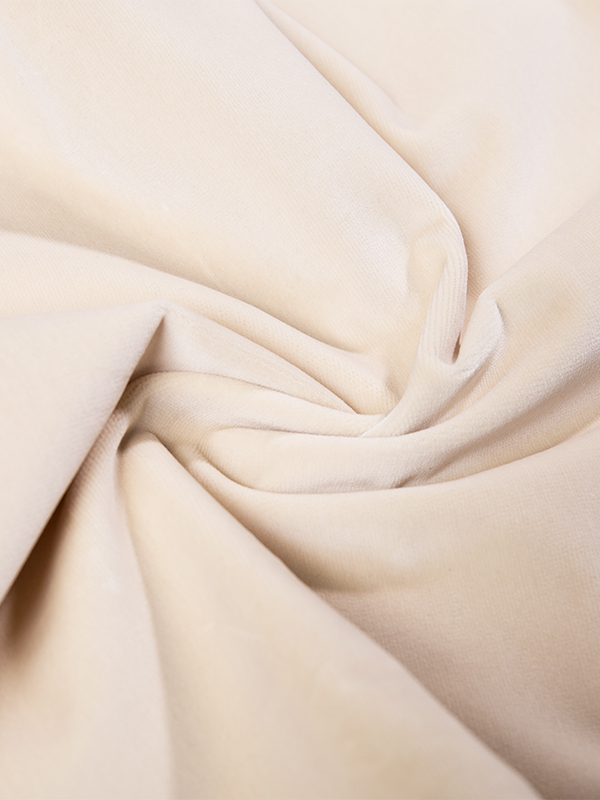
When it comes to selecting the ideal fabric for your sofa upholstery, Soft Cheni...
See Details -
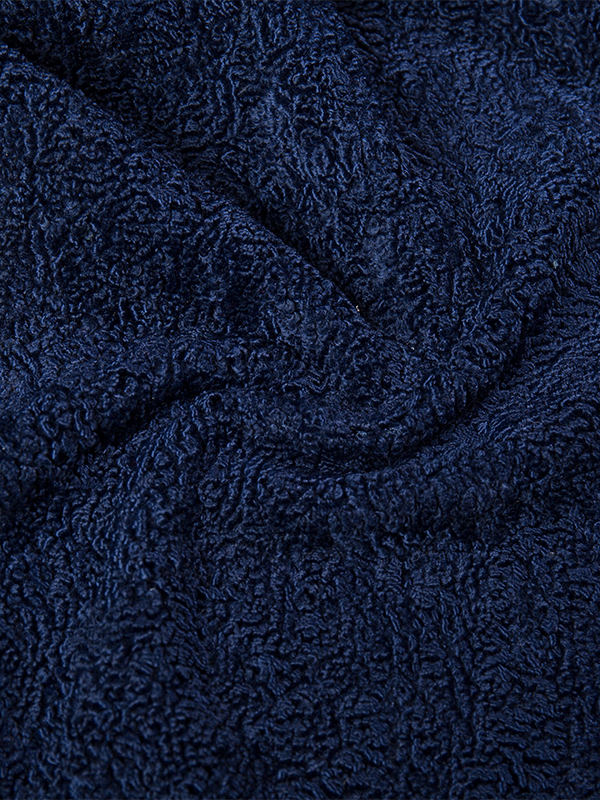
Introducing our premium Soft Boucle Chenille Polyester Fabric, meticulously craf...
See Details -

Polyester Chenille Woven Upholstery Fabric is crafted from high-quality polyeste...
See Details -
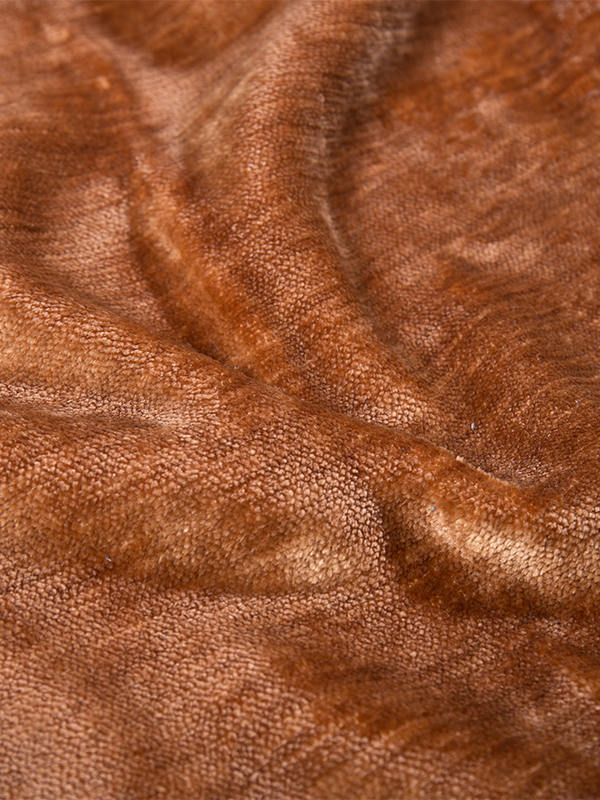
Our Solid Color Chenille Home Textile Sofa Fabric is designed with a focus on el...
See Details -

Our Solid Color Chenille Home Textile Sofa Fabric is the epitome of luxurious co...
See Details -
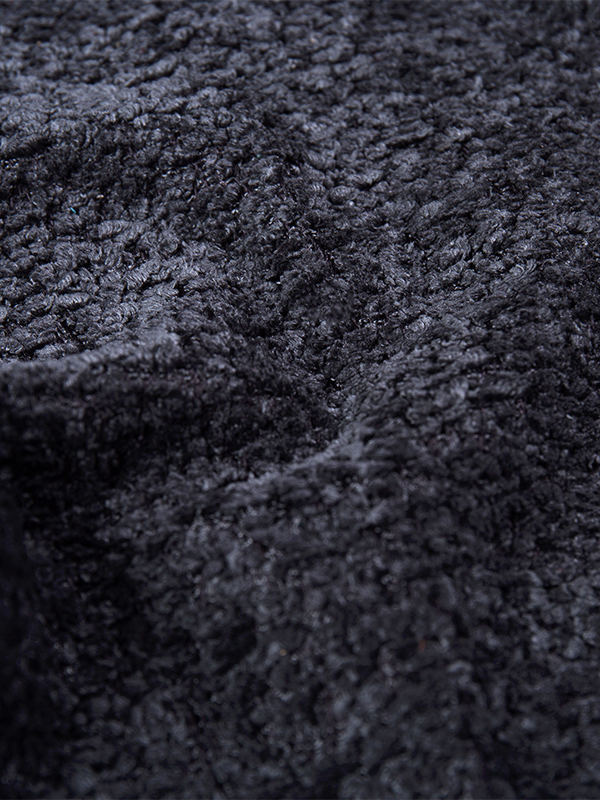
Our Plain Dyed Woven Chenille Fabric is an choice for home textiles, offering a ...
See Details -
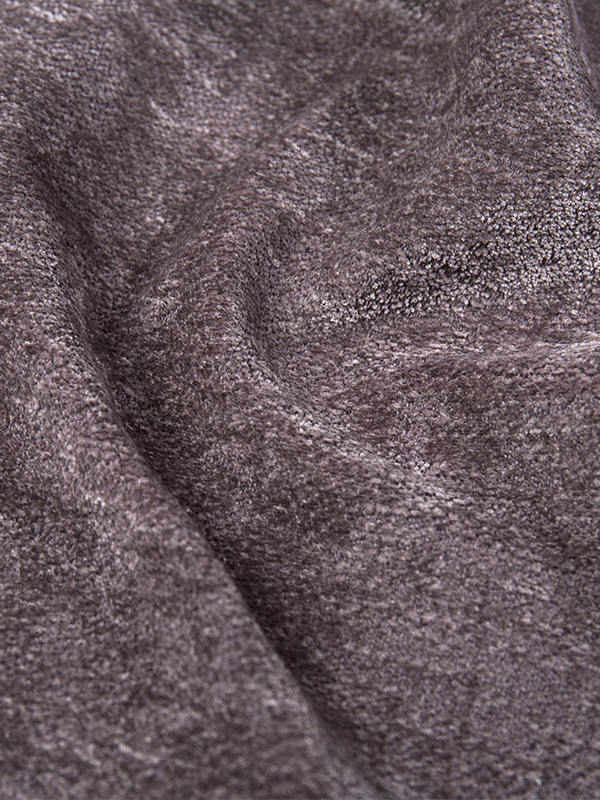
Our Thick Chenille Upholstery Cloth is a premium-grade fabric designed to enhanc...
See Details -
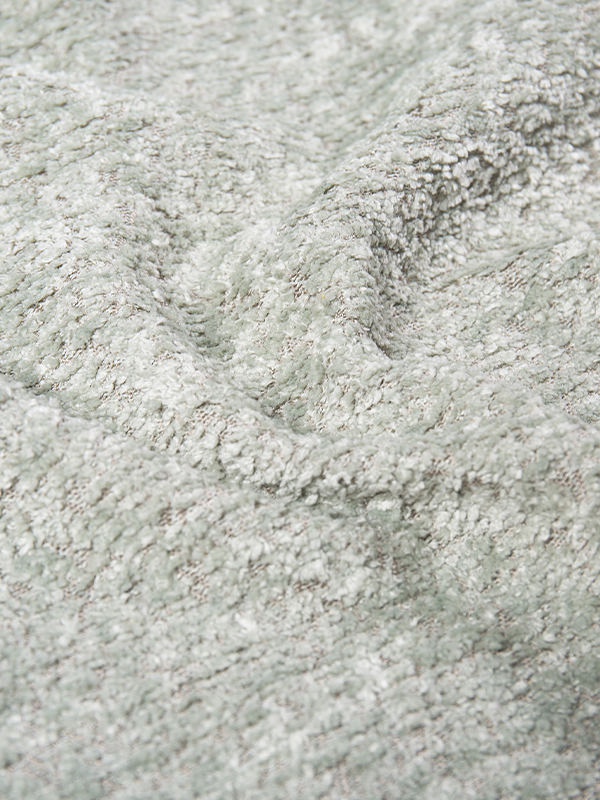
When it comes to premium upholstery fabrics, our luxury polyester chenille soft ...
See Details
If you are interested in our products, please consult us
ADDRESS : NO 158 YUNXING ROAD XIEQIAO TOWN ,HAINING,ZHEJIANG, CHINA
PHONE : +86-18368328456
EMAIL : Jerry@Huayiwarp.Com

 English
English 中文简体
中文简体 русский
русский عربى
عربى Español
Español
